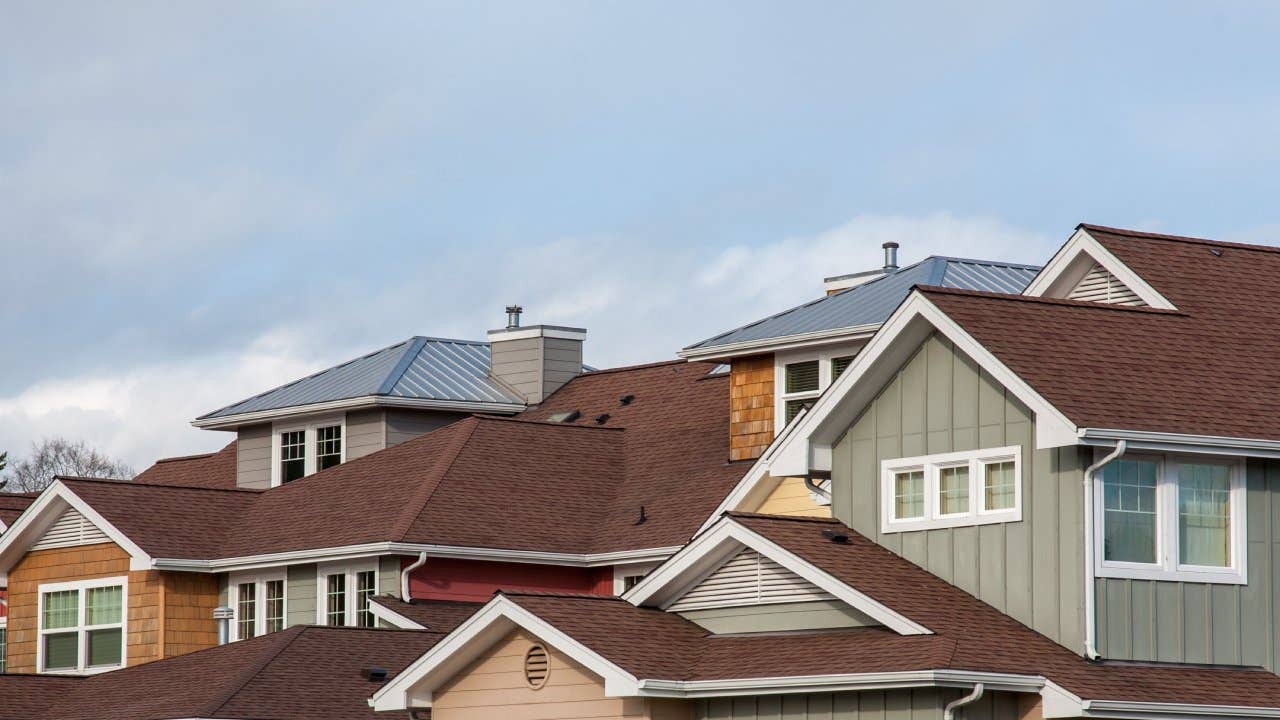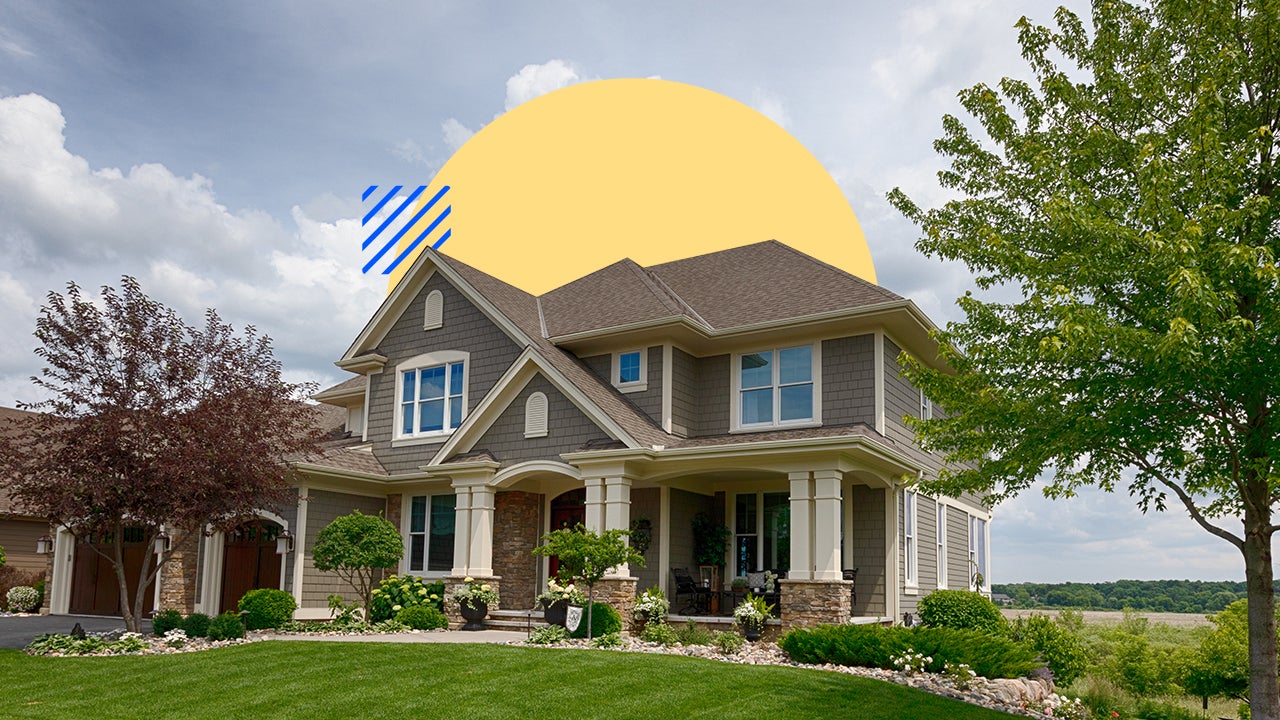What salary is needed to buy a home in these popular U.S. cities?

The real estate market has been volatile over the past few years. We’ve experienced high buyer demand, persistently low inventory and mortgage rates rising steeply after a period of record lows.
In many cases, elevated home prices mean housing is less affordable today than before the pandemic, and increased inflation has made purchasing a home even more challenging. Rents are rising as well, with the average monthly cost of a one-bedroom apartment increasing by more than 7 percent year-over-year in January, according to data from Zumper.
If you’re hoping to buy a home in 2023, how much can you afford to spend? It depends on a lot of factors, but two of the biggest are your salary and your location. Read on for current data and insights on how much it costs to purchase in popular American cities and what you can likely afford based on how much you earn.
2023 key statistics for buying a home in the U.S.
- The median home price in the U.S. as of January 2023 is $359,000, according to the National Association of Realtors (NAR).
- NAR’s most recent data reveals that the San Diego area currently has the highest median single-family home sale price at $1.79 million.
- The market with the lowest median price, by contrast, is Decatur, Illinois, at $120,000.
- The cities that saw the highest increases in home value over the course of 2022 were Farmington, New Mexico, with a 20.3 percent increase; and North Port–Sarasota, Florida, with a 19.5 percent increase.
- According to Redfin’s 2023 housing market predictions, big cities expected to fare well in home sales this year include Chicago, Milwaukee, Albany and Baltimore.
- Big cities expected to see a decline include Austin, Boise and Phoenix.
How much house can I afford based on my salary?
The answer depends heavily on what market you’re looking to buy in. Of course, regardless of your desired city, what kind of home you can afford to purchase will also depend on your annual earnings.
“Housing costs are burdensome if they take up more than 30 percent of your income,” says Nadia Evangelou, NAR’s senior economist and director of real estate research. She says a good rule of thumb is to “use a 25 percent share of mortgage payment to income, which considers that homeowners have additional expenses such as insurance, taxes and property maintenance.” In other words, no more than 25 percent of your income should be spent on mortgage principal and interest payments.
Others recommend following the 28/36 rule, a commonly used personal finance formula that breaks down your earnings to determine how much you can afford in expenses.
“This rule prescribes that your monthly mortgage payments — including principal and interest, property taxes and mortgage insurance — should not exceed 28 percent of your gross monthly income, while your total debt payments, including your mortgage, should not exceed 36 percent,” says Andrew Lokenauth, founder of Fluent in Finance.
Let’s say you make $50,000 a year, which equates to about $4,167 monthly. Multiply that by 28 percent (4,167 x 0.28) and you get $1,167, which is your maximum total housing expense per month.
Using the 28/36 rules, here’s what you should not exceed based on different income levels:
| Annual income | Maximum affordable monthly mortgage payment* | Maximum affordable home price* |
|---|---|---|
| *Based on a 30-year fixed-rate mortgage loan, with a 20 percent down payment and a 6.0% fixed interest rate; calculated using Bankrate’s home affordability calculator. | ||
| $50,000 | $1,167 | $209,050 |
| $75,000 | $1,750 | $250,728 |
| $100,000 | $2,333 | $348,008 |
| $125,000 | $2,916 | $445,287 |
| $150,000 | $3,500 | $542,614 |
Cost of buying a home in the 10 most populated U.S. cities
Here are median home-sale prices and estimated annual salaries for the 10 most populated metro areas in the U.S. Population data comes from the World Population Review’s 2023 estimate, based on recent U.S. Census numbers; median prices are based on NAR data from Q4 2022; and annual wages are from the U.S. Bureau of Labor Statistics’ most recent data available.
| City/metro area | Population | Median sale price | Annual mean wage |
|---|---|---|---|
| New York City | 8.99 million | $607,600 | $74,150 |
| Los Angeles | 3.93 million | $849,400 | $65,930 |
| Chicago | 2.76 million | $345,600 | $61,860 |
| Houston | 2.36 million | $345,000 | $57,790 |
| Phoenix | 1.65 million | $477,900 | $56,610 |
| Philadelphia | 1.62 million | $333,100 | $61,860 |
| San Antonio | 1.46 million | $337,700 | $51,740 |
| San Diego | 1.41 million | $911,000 | $67,200 |
| Dallas | 1.33 million | $375,000 | $58,020 |
| San Jose | 1.03 million | $1,797,800 | $99,430 |
How can housing become more affordable?
Unfortunately, the price of homes today continues to remain out of reach for many people, particularly in popular cities. Prices tend to be lower in suburban and rural areas. High mortgage rates certainly do not help, but experts say that housing could become more affordable if certain factors change.
“Housing demand continues to outpace housing supply,” says Evangelou. “Due to low supply, prices are still higher than a year ago. If more housing inventory hits the market, that could increase affordability and ease price gains.”
“In key markets, we also need to see policies that support affordable housing development,” adds Shri Ganeshram, CEO of real estate site Awning.com. “This can include tax incentives for developers, public-private partnerships and zoning changes that encourage the construction of more affordable homes.”






